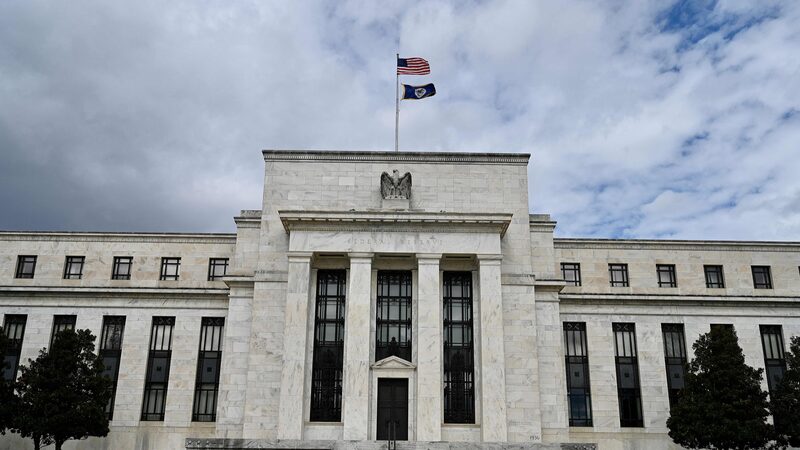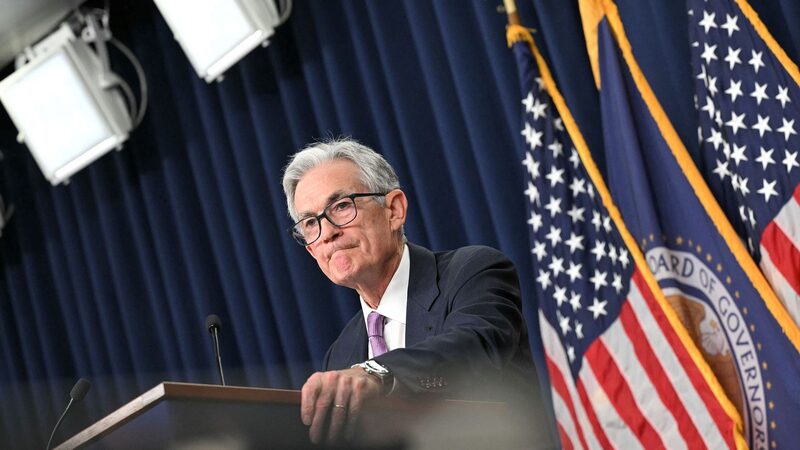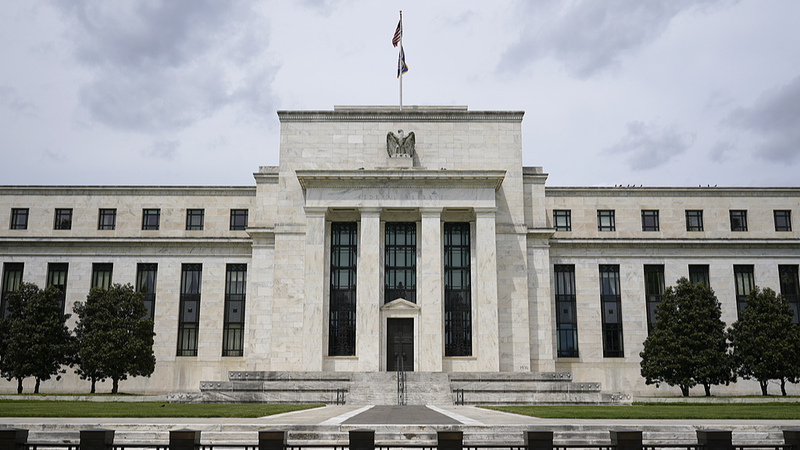The U.S. Federal Reserve recently announced an unexpected decision to lower the target range for the federal funds rate to 4.75% to 5%, a significant cut of 50 basis points. This marks the first rate cut by the Fed since 2020 and is notable for its size, as such a substantial reduction is typically reserved for times of major economic crisis.
The aggressive rate cut is seen by many as an attempt to achieve a “soft landing” for the U.S. economy, aiming to mitigate the risks of an impending slowdown in economic activity. This policy shift is poised to have profound impacts not only on the U.S. economy but also on the global economic landscape and financial markets.
Direct Impact of the Fed’s Rate Cut
The immediate effect of the Fed’s rate reduction is a decrease in borrowing costs, which is expected to stimulate consumption and investment within the United States. Lower interest rates mean businesses and individuals can access cheaper financing, encouraging companies to expand production, invest in new projects, and pursue mergers or acquisitions. For consumers, reduced interest expenses on mortgages, car loans, and credit cards increase disposable income, potentially boosting consumer spending.
However, there is a flip side. The rate cuts could lead to increased inflationary pressures. Although current inflation levels remain within reasonable bounds, a surge in economic activity fueled by lower rates could overheat the economy and drive up prices. The Fed thus faces the delicate task of balancing the need for economic growth with the imperative of maintaining price stability.
Global Spillover Effects
The Fed’s monetary policy decisions often resonate beyond U.S. borders, triggering a cascade of effects in global markets. As one of the world’s most influential central banks, the Fed’s actions can influence decisions by other central banks and shape market behavior worldwide.
Firstly, the rate cuts may prompt capital to flow from the U.S. to emerging markets offering higher yields, stimulating their stock and bond markets. While this influx of capital can boost these economies, it also carries the risk of increased financial volatility, particularly in countries with fragile economic foundations.
Secondly, the Fed’s move may set off a trend of monetary easing globally. Other major central banks might follow suit, lowering their interest rates to tackle domestic economic challenges, stabilize financial markets, and support growth. For instance, the European Central Bank and the Bank of England might consider easing their monetary policies in response to sluggish growth in their regions.
Impact on the Chinese Economy
China’s economy is intricately linked to global financial dynamics, and the Fed’s rate cut has complex implications. A lower U.S. interest rate could alleviate capital outflow pressures from China. As the interest rate differential between China and the U.S. narrows, the incentive for capital to move to the U.S. weakens, potentially stabilizing the yuan and reducing the need for intervention by the People’s Bank of China (PBOC). A stable exchange rate can bolster confidence in China’s economy and attract foreign investment.
Moreover, the Fed’s rate cut might prompt the PBOC to consider easing its monetary policy moderately to address economic slowdown and high financing costs. While China’s monetary policy is largely driven by domestic conditions, the global trend towards monetary easing provides a conducive environment for such adjustments.
Effects on Currencies and Gold
The rate cut primarily affects the U.S. dollar through depreciation pressures. Lower interest rates reduce yields on dollar-denominated assets, causing capital to seek higher returns elsewhere, which can weaken the dollar. A depreciating dollar impacts the international trade landscape and can lead to higher prices for commodities like oil and gold, which are priced in dollars.
For China, a weaker dollar could exert upward pressure on the yuan. While this might reduce export competitiveness due to a stronger yuan, the overall boost to global economic activity from the Fed’s rate cut could increase external demand for Chinese products.
Gold prices are also influenced by the Fed’s policy. Typically, rate cuts weaken the dollar and lower real interest rates, making gold more attractive as a non-yielding asset for investors seeking a safe haven.
The Domino Effect
In today’s interconnected global economy, the Fed’s monetary policy adjustments act like falling dominoes, setting off a chain reaction across the world. While the full impact of this rate cut remains to be seen, it underscores the importance for policymakers and investors worldwide to stay vigilant and respond proactively to shifting economic tides.
Reference(s):
Fed rate cuts' domino effects on global economy and financial markets
cgtn.com








